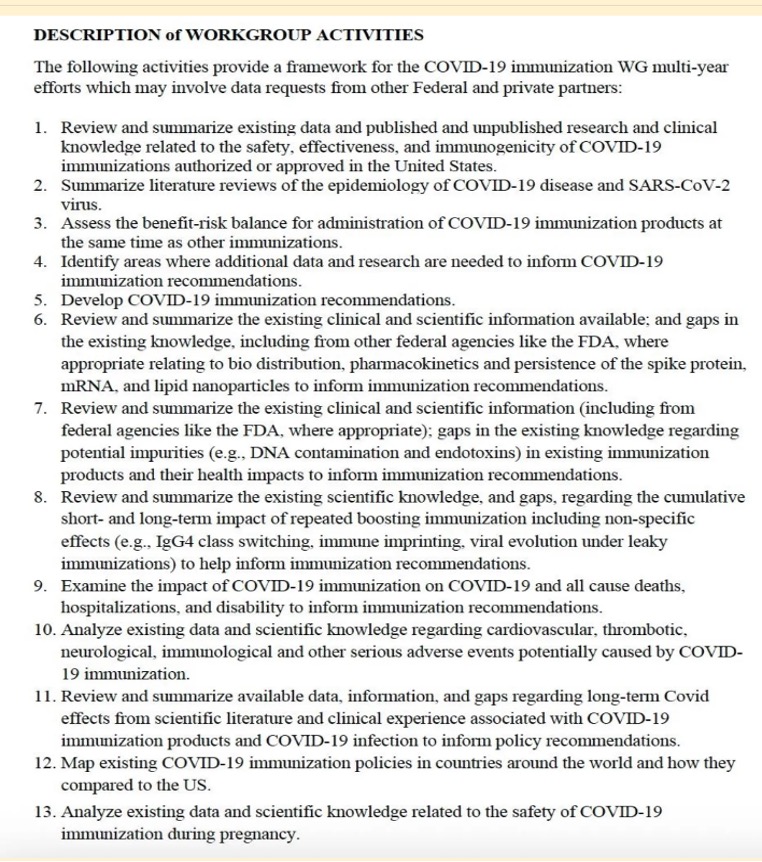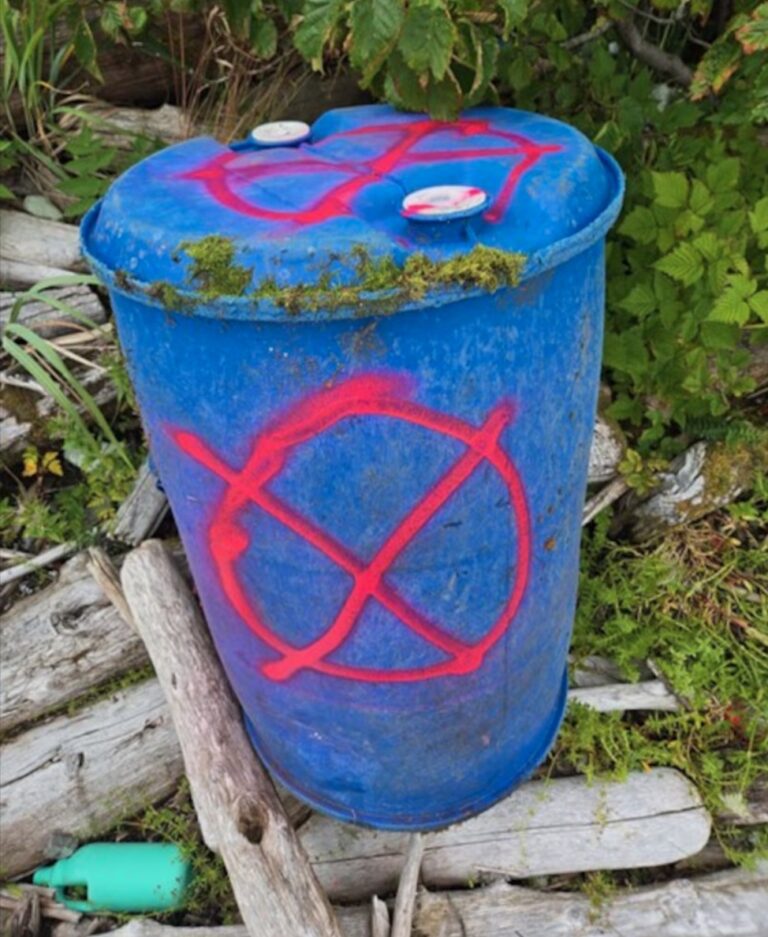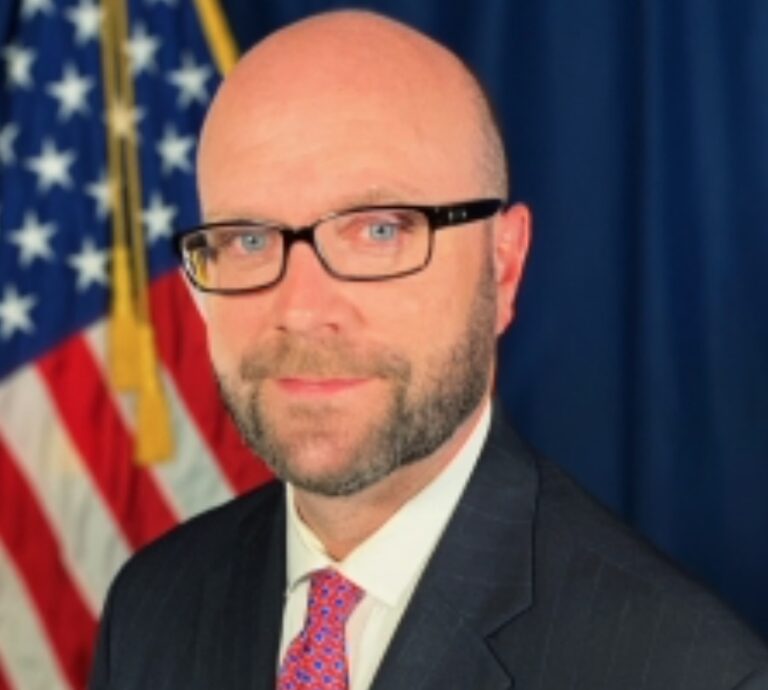By LINDA BOYLE
The medical establishment is fracturing.
For years, the American Academy of Pediatrics and the American Medical Association marched in lockstep with the CDC, demanding that Americans “trust the science” and obey federal guidance on Covid.
But now, when the CDC recommends against blanket vaccination for every man, woman, and child, these same groups are openly rebelling, issuing their own guidelines and insisting the CDC didn’t go far enough.
What changed? Money, influence, or something else? In 2023 alone, the AAP took in $35 million from taxpayers to promote vaccines and to heavily police so-called “misinformation” — on top of additional funding that came from Big Pharma. The AMA too has been heavily bankrolled.
Now both are bristling at a CDC subcommittee that promises a fresh look at Covid shots, a work group led by MIT professor Retsef Levi, who has been an outspoken critic of mRNA vaccines.
Meanwhile, public health chiefs from New England to New Jersey are holding private meetings to discuss breaking from Washington and designing their own policies. The very people who told Americans to fall in line with the CDC are now in open revolt.
No concrete decisions were made yet, but these states — Maine, Vermont, Massachusetts, Rhode Island, Connecticut, New Jersey, New York, and Pennsylvania — are looking at what the medical associations are doing. It will be interesting to see what transpires from those who told us we needed to “trust” the science and do what the CDC says.
The medical associations are having a meltdown on the new subcommittee formed in the CDC under the auspices of the Advisory Committee on Immunization Practices, which will do a deep dive into Covid vaccines.
Bound to cause even greater angst, this subcommittee will be chaired by Levi, professor of operations management at the MIT Sloan School of Management. Professor Levi is known as a “vaccine skeptic” who has criticized mRNA vaccines in the past.
Under the guidance of Levi and his colleagues, the ACIP subcommittee will look at many aspects of the Covid vaccines, including DNA contamination, all the known major side-effects, myocarditis. They’ll be probing long-term outcomes and assessing how well the years of “official reassurances about safety and efficacy hold up against emerging data.”
This is a significant change in focus for the CDC and FDA. For years, these agencies dismissed critics who raised concerns about the above mentioned issues. The doctors and health experts who did not agree with the “party lines” were labeled “alarmists” and spreaders of “misinformation.”
Now the CDC’s own advisory body has committed to reviewing each area of concern in detail to identify gaps in evidence that should have been addressed before mass vaccination ever began. Many are hoping this group will be able to restore public trust by confronting “uncomfortable” truths.
For Secretary of Health and Human Services Robert F. Kennedy Jr. and Dr. Levi, the goal is to show that vaccine oversight is not just going to be a rubber stamp, as it has been in the past. It is about following the science and its conclusions.
One of the concerns Dr. Levi wants to address is the misconception that harms from vaccines only show up shortly after you are vaccinated. Yet the goal of immunization is to drive long-term impact on the immune system. Consequently, one must account for the long-term injuries. And we need to know what the result of repeated vaccine immunizations does to our bodies.
The results are unknown at this time. However, it is work that needs to be done in order to regain the trust of the American people in federal agencies that exist to protect our health and the health of our children.
Here are the subject matters the subcommittee plans to cover.

Stay informed. Regardless as to what “Big Harma” and its financial stakeholders wish you to believe, there must be objective research to lay out the facts.
We have learned so much since the Covid years. And more knowledge is coming fast and furious.
You can gain even more information and knowledge at our annual Alaskans 4 Personal Freedom event in October in Anchorage. Our speakers are incredible providing a range of information not only about Covid, but also about education, artificial intelligence, the integrity of our food supply, and more. Click here to see the agenda and buy a ticket!
Linda Boyle, RN, MSN, DM, was formerly the chief nurse for the 3rd Medical Group, JBER, and was the interim director of the Alaska VA. Most recently, she served as Director for Central Alabama VA Healthcare System. She is the director of the Alaska Covid Alliance.
Linda Boyle: Medical freedom on the line as Alaska medical board decides physician assistant’s fate
Linda Boyle: Dr. Pierre Kory and the War on Ivermectin: A life-saving medicine silenced
Linda Boyle: Pediatric professional group puts profits above patients
Linda Boyle: FDA’s Dr. Vinay Prasad, Big Pharma, politics, and the price of medical integrity
Linda Boyle: WHO Without America, and America without globalist health orders









